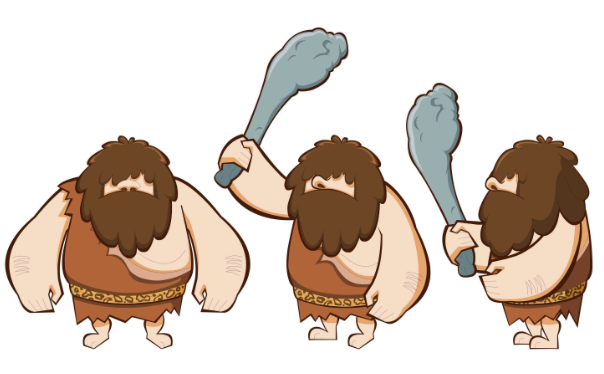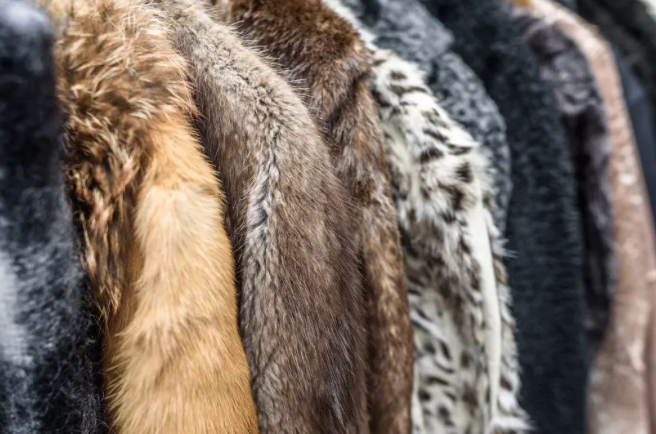Fur, a luxurious material made from animal skin, has been used by humans for warmth and decoration since ancient times. Its development process reflects human pursuit of beauty, mastery of technology, and utilization of the environment. This article will explore the history of fur development, from simple use in primitive society to refined processing and integration of environmental protection concepts in modern society.
In primitive society, people began to use animal skins as tools for warmth and protection. They simply stripped off the skin of animals and stitched them together to make simple clothing. Although these early fur products were crude, they met people's basic needs and allowed them to survive in harsh environments.

With the development of agriculture, humans began to settle down and living conditions improved. At this time, the use of fur also began to change. People started to decorate their items with fur, such as weapons, tools, and furniture. This decorative fur product not only increased the aesthetics of items but also improved their practicality.
Entering the Middle Ages, the status of fur was further elevated. In Europe, fur became a symbol of nobility and royalty. They wore gorgeous fur clothing to display their wealth and status. At the same time, fur was also used to make high-grade gloves, hats, and shoes.

However, with the advent of the industrial revolution, the fur industry also underwent tremendous changes. The emergence of machines made fur production faster and more efficient. At the same time, new dyes and treatment technologies also made fur colors and textures richer and more diverse.
In the 20th century, the fur industry reached its peak. However, with the rise of animal rights protection awareness, the fur industry also began to face challenges. Many people began to oppose the use of animal fur, believing that it was an abuse of animals. Therefore, many fashion brands began to look for alternatives, such as artificial fur and feathers.
Entering the 21st century, the fur industry began to develop towards environmental protection and sustainability. Some companies began to use recycled leather and hair to make fur to reduce the impact on the environment. At the same time, some companies have also begun to develop new production technologies to reduce harm to animals.

In general, the development process of fur is a process from simple use to refined processing, and then to the integration of environmental protection concepts. Although faced with challenges, the fur industry is still developing and innovating to meet people's pursuit of beauty and environmental protection needs.















